In the interconnected, always-on world we reside in, it’s impossible to be alive and not affect the people and places that surround you. Our world is like a mobile that hangs over a baby’s crib: You nudge any single piece of the mobile and the whole thing moves.
From your physical actions to your knowledge and expertise, down to the energy you carry into a space, your very presence has the power to start a ripple that could potentially change lives. Have you ever stopped and considered how you use your time and talents to shape the world around you?
Of course, you shape your team, your department, and your organization through your contributions, but how do you use your talents to help elevate your community and the world around you?
“If you are in a position to help, there is no greater way to display gratitude
for the position that you’re in than to help someone else.”
– Kat Cole, President, Focus Brands
A myriad of opportunities are available to anyone looking to make a difference, whether it be volunteering as an individual with local charities or as part of your organization’s social responsibility efforts, such as companywide volunteer efforts and matching gift programs.
Fortunately, many companies are eager to shape the landscape around employee volunteer programs and corporate social responsibility. Salesforce, for example, offers its employees 5 paid days off for volunteer time per year. LinkedIn offers its employees 12 paid volunteer time-off (VTO) days per year. VTO policies are a quickly growing trend among businesses committed to corporate social responsibility.
If your organization doesn’t currently offer a VTO program, consider presenting a business case as to why it’s a good idea from a community partnership perspective, as well as a great recruitment and retention tool. Think about it. If you are a top talent and you are choosing between two organizations to invest your time, talent, and career, chances are you will choose one that believes in the value of external contributions in addition to profit.
On the flip side, employees are likely to want to stay with a company that cares for and gives back to the people and communities that support it.
Organizations can “do good” while doing well.
Most not-for-profits have an unwavering commitment to creating real impact. These organizations and the people who lead them want to solve many of the biggest problems plaguing our world, including hunger, literacy, poverty, failing education, women’s rights, and climate change. They don’t want to merely apply social Band-Aids; they aspire to make real, substantial change by eliminating the root causes of social ills.
Research shows that most employees want the opportunity to volunteer through their employers. In fact, according to the 2014 Millennial Impact Report, more than 50 percent of Millennials are influenced to accept a job based on a company’s involvement with not-for-profit causes. By 2020, Millennials will make up roughly 50 percent of the U.S. workforce, which means smart companies should take notice.
A recent global study involving 8,000 consumers in 18 countries revealed that ‘social purpose’ as a purchase trigger has risen 26% since 2008. Increasingly, successful companies are those that not only sell and deliver a service or product but also contribute to society.
How can for-profit businesses make a bigger, more socially responsible footprint? Below are 3 ways to start:
1. They can give their leaders time to share their strengths and experience.
Corporate leaders take their skillsets and knowledge for granted. Their experience and expertise could be of immense value to a not-for-profit that doesn’t have similar resources.
2. They could offer to help a not-for-profit create strategic plans that will give them a framework for success.
They could encourage employees to become members of a not-for-profit organization’s board and help develop strategies for fundraising opportunities, innovative marketing plans, increased volunteer recruitment, or publicity with local or national media.
3. They could help them identify problems and build actionable solutions.
Often, it takes fresh eyes and new perspectives to truly see the cause of problems. Corporations could offer their employees’ experience to develop training programs and action plans that not-for-profits could use to alleviate challenges they may face. This alone would enable them to make a bigger impact in their communities.
These 3 ideas merely scratch the surface of the opportunities that are available to for-profit organizations and individuals. Making a bigger, more substantial social impact is possible if we all simply make space for it in our lives.
I believe corporations can and should offer up the strengths and talents of their employees to help not-for-profits transform their operations and become more sustainable.
Donating time, talent, and resources is easy to talk about. However, real transformation happens when we stop merely talking and decide to take action.

Tweet: Change only occurs when everyday individuals invest in moving the needle forward.
If your organization has a VTO policy, I encourage you to get involved. If it doesn’t, take a stand and share with decision-makers why community involvement is so important. In the meantime, decide to become a “needle mover” yourself and effect change on your own. Share your talents and gifts with organizations that desperately need them. We all have a responsibility to the communities we serve.
I’d love to hear what you’re doing to move the needle forward in or outside your organization. Share your thoughts below.




